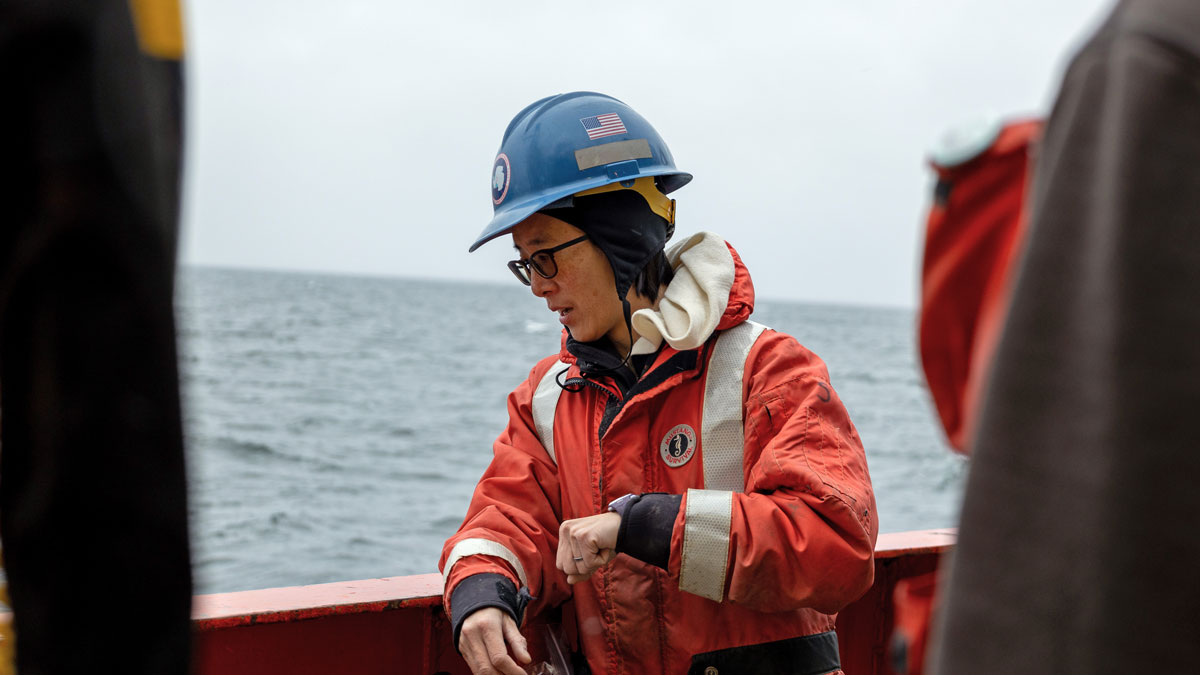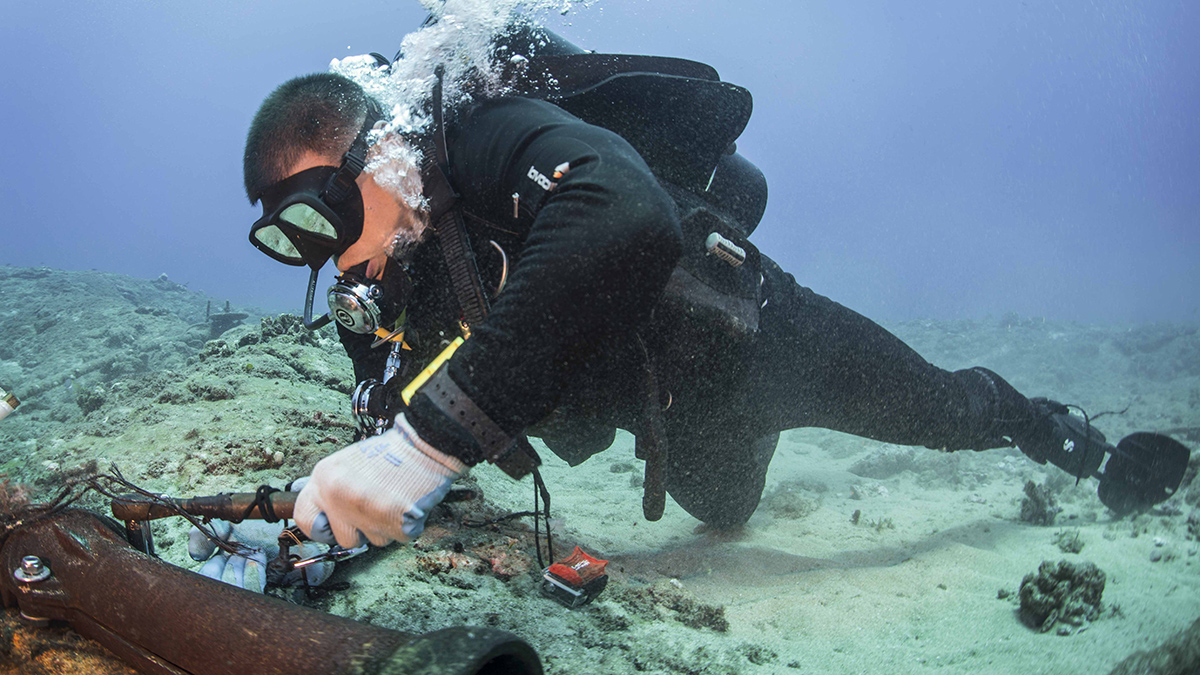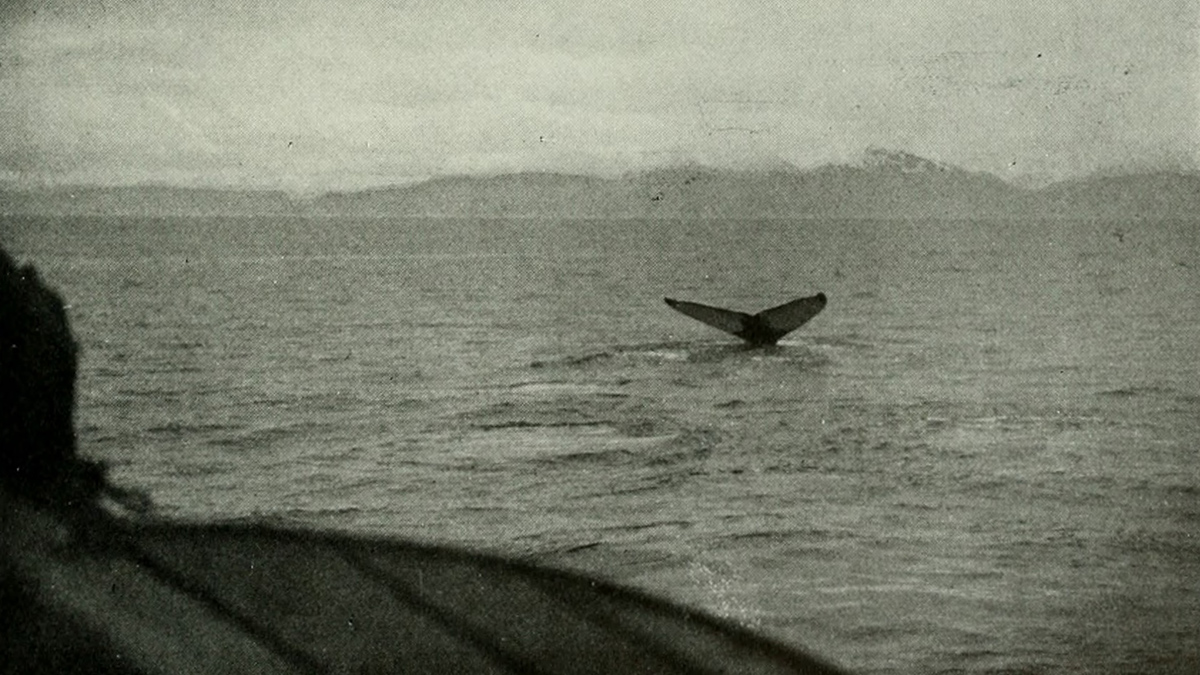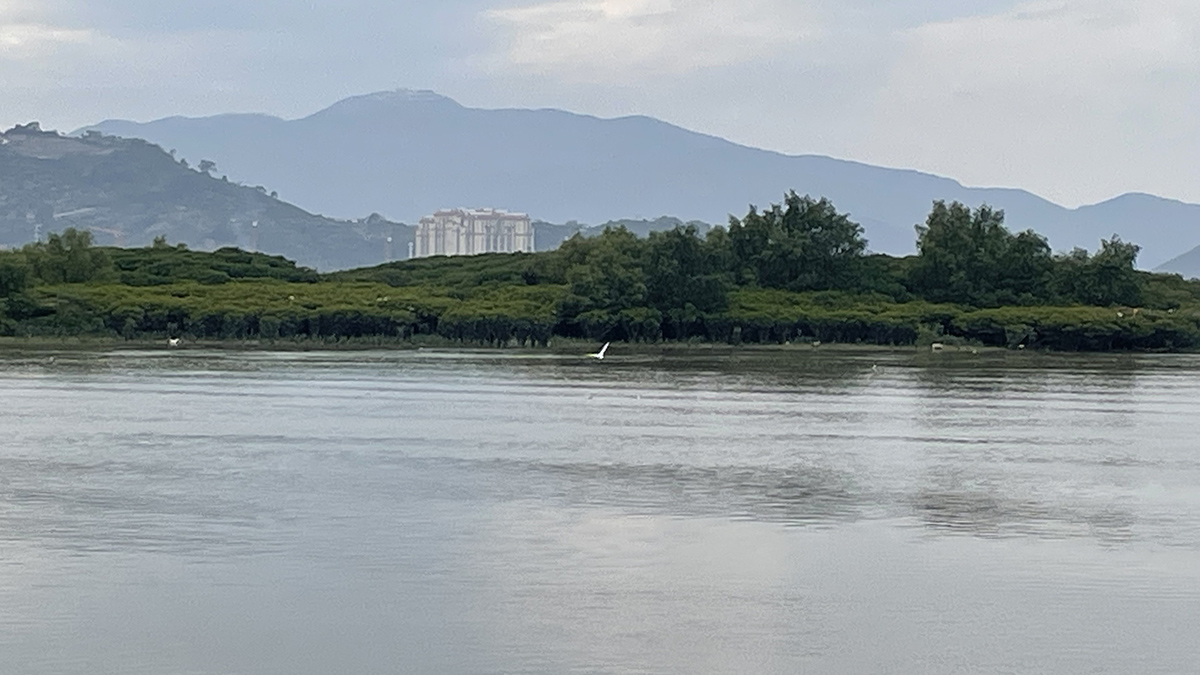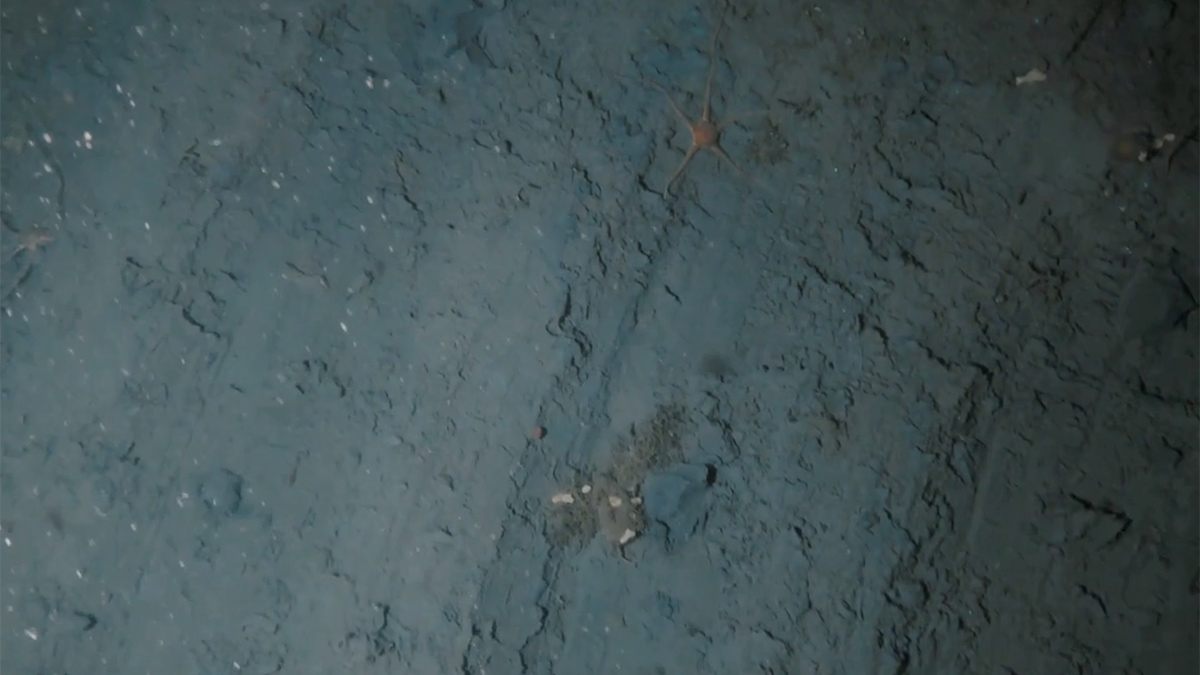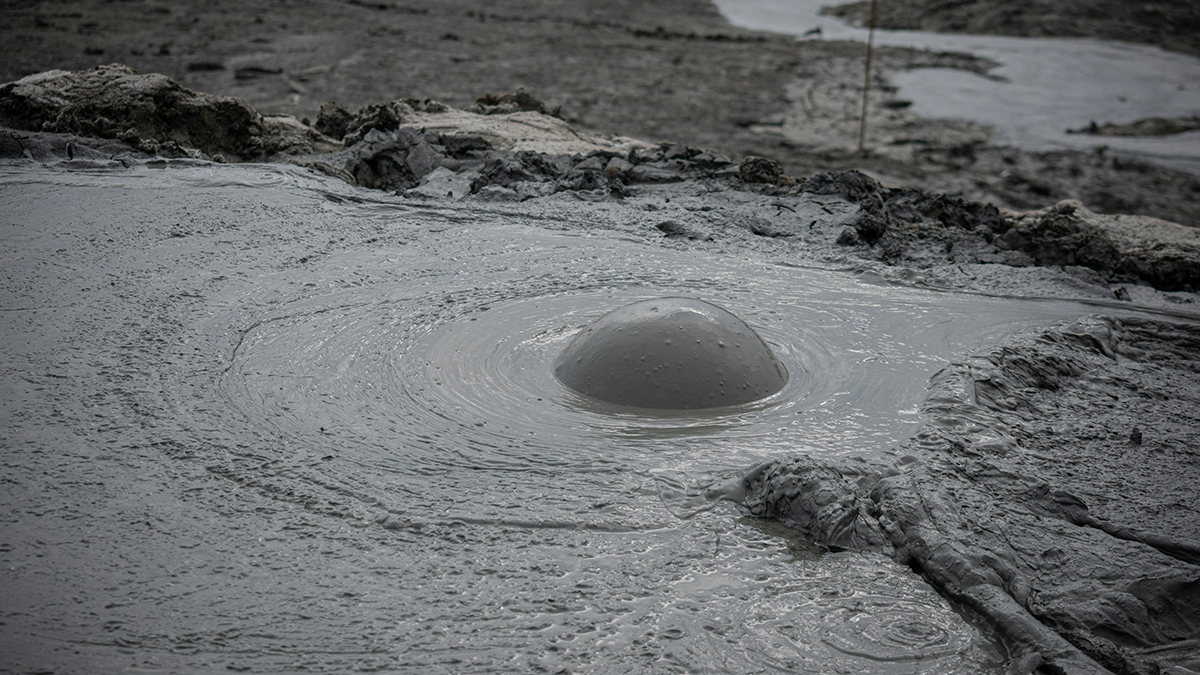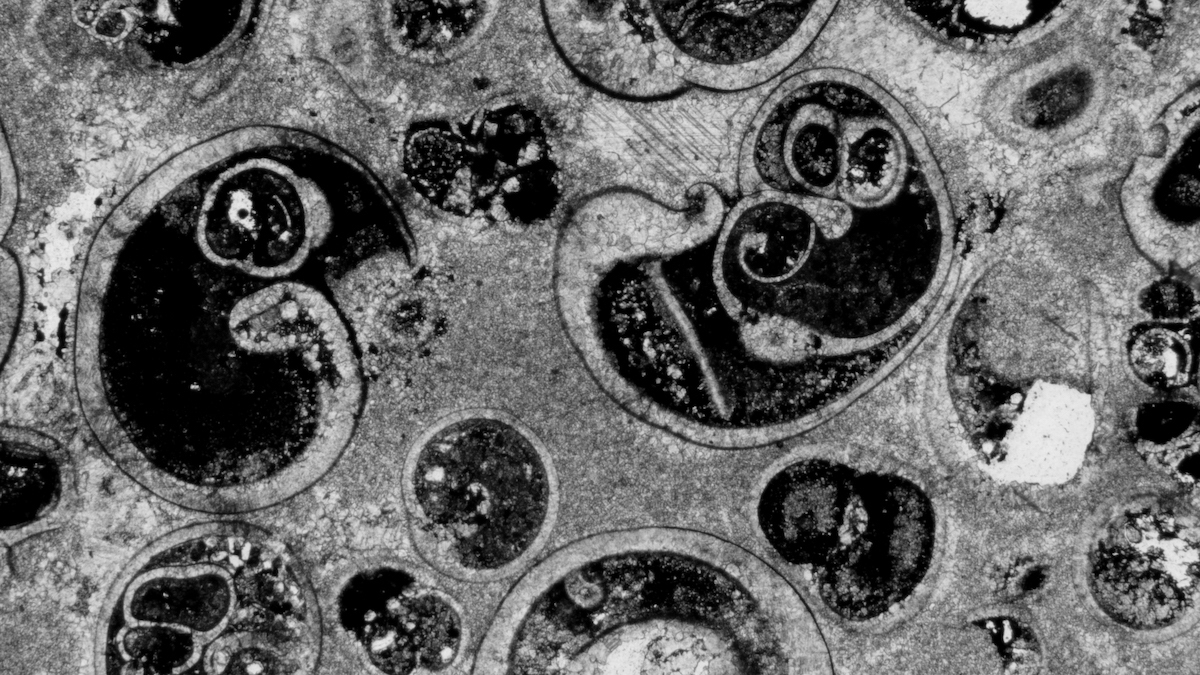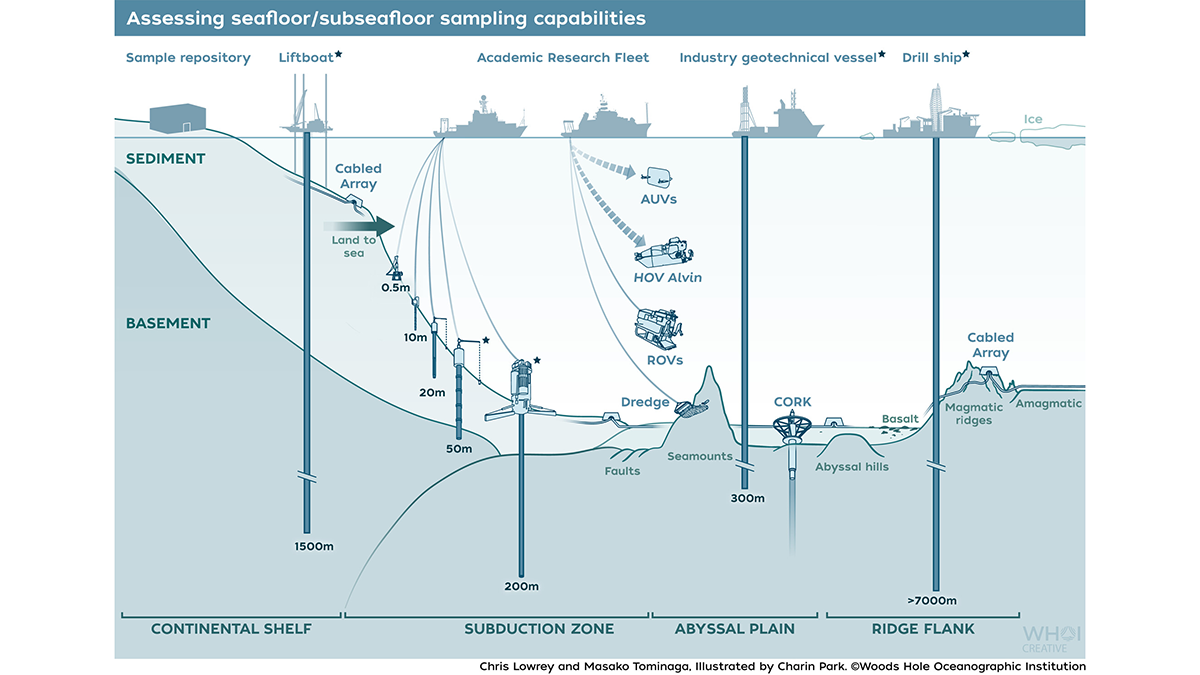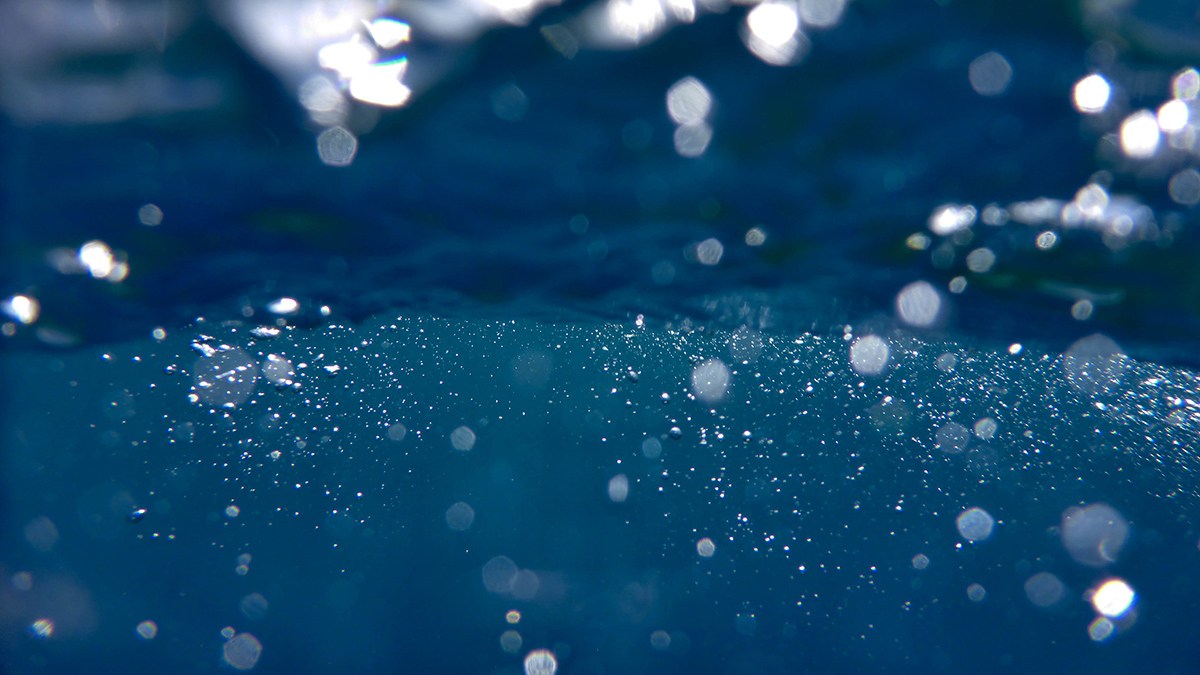A generalist at heart, this geochemist is unraveling the mysteries of the ocean’s chemical cycling.
Oceans
A Transatlantic Communications Cable Does Double Duty
A new device enables existing submarine cable networks to measure deep-sea movements. It could ultimately help improve tsunami warnings and climate monitoring.
Whaling Records Can Help Improve Estimates of Sea Ice Extent
The locations of humpback whale catches in the early 20th century indicate that most climate models overestimate the historic extent of sea ice in the Southern Ocean.
Tracing Black Carbon’s Journey to the Ocean
Scientists surveyed a trio of estuaries in pursuit of a missing source of oceanic dissolved black carbon.
Anchoring Is Damaging the Fragile Antarctic Seabed
Scientists call for better protection of Antarctica’s vulnerable seafloor ecosystem as ship traffic increases around the continent.
Mapping Mud Volcanoes in Shallow Seas
A team of scientists put together a global database of submarine mud volcanoes. Orders of magnitude more are still bubbling, undiscovered, in the deep ocean.
Biomass and Biodiversity Were Coupled in Earth’s Past
Measuring shells and skeletons encased in thousands of limestone samples has revealed that the sheer amount of living stuff in Earth’s oceans changed alongside the diversity of organisms.
Scientists Face Limitations Accessing Seafloor Information
Recent reductions in U.S. oceanographic assets are limiting scientists’ ability to access vital materials in the ocean.
More Bubbles Means More Variation in Ocean Carbon Storage
A new model accounting for the role of bubbles in air-sea gas exchanges suggests that ocean carbon uptake is more variable than previously thought.

